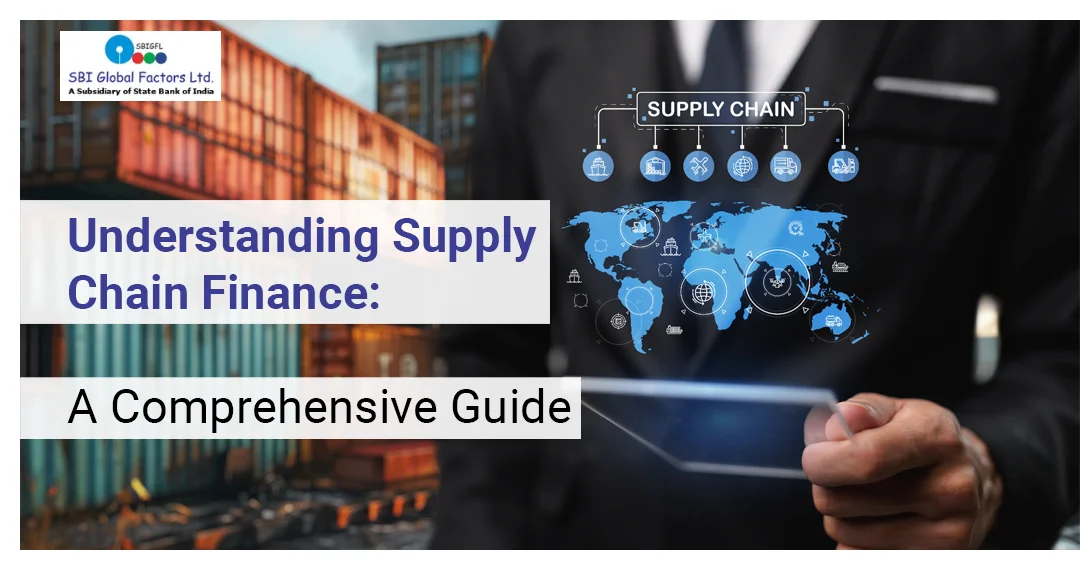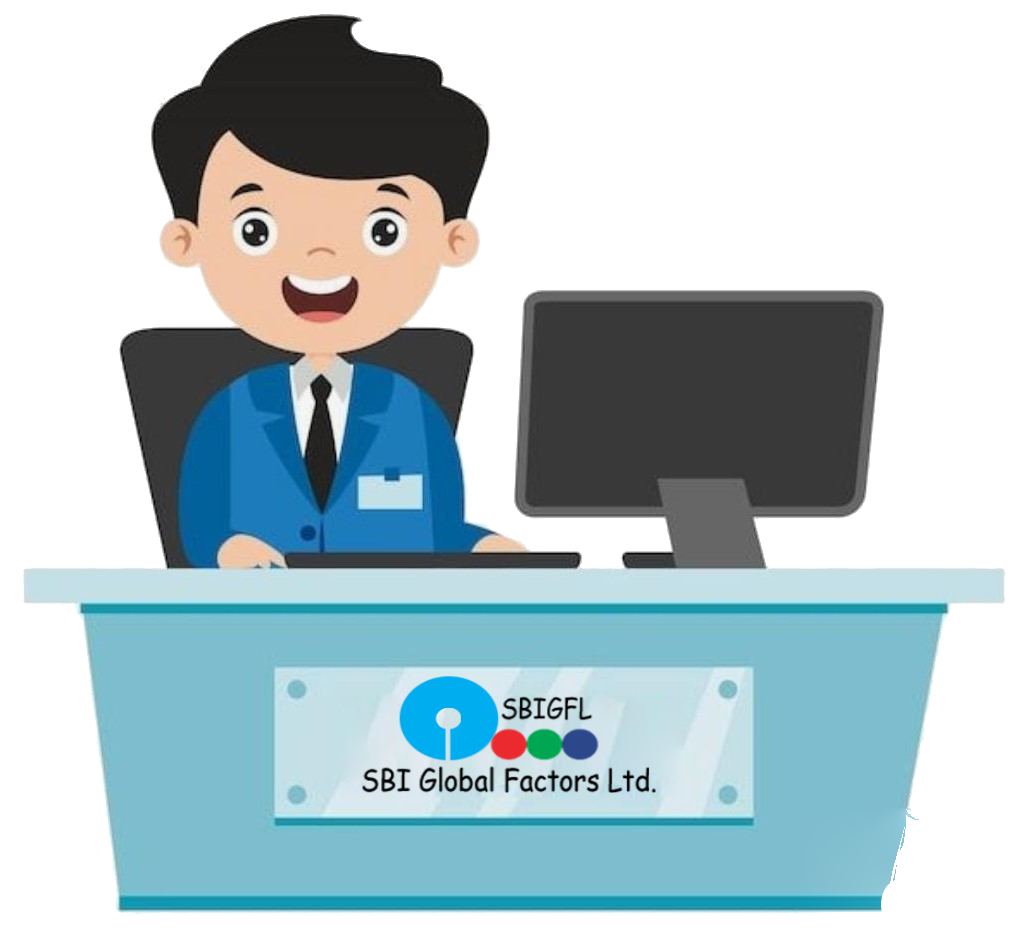Understanding Reverse Factoring: A Comprehensive Guide
Table of Contents
Introduction
In the current complex world of finance, solving the question of
cash flows and financial stabilization is the ultimate challenge of any
business . Reverse factoring is one of those solutions that are widely spoken
about, and not solely as a buzzword, but as a real actual instrument for
elevating liquidity levels and securing backing from the supply chain. This
paper discusses the concept of reverse factoring, the way it operates, the
amount of advantages it contains, and the application of a given type of
financing to business conditions.
What is Reverse Factoring?
Reverse factoring, also called
supply chain financing or supplier finance, is a financing strategy that
provides businesses with greater working capital and better customer and
supplier connections. When a supplier wants to finance its trade receivables,
factoring is traditionally offered. However, reverse factoring is driven by the
buying company. It is achieved through a three-party arrangement of buyer,
supplier, and financing institution totalling. Suppliers get early payouts on
their invoices, while buyers frequently receive extended terms, which
ultimately may benefit cash flow.
Key Components of Reverse Factoring
The Buyer: Typically a large company with a high credit rating.
The Supplier: Often small to medium-sized enterprises (SMEs)
supplying goods or services to the buyer.
The Finance Provider: A bank or a financial
institution that agrees to pay the supplier's invoices early.
How
Does Reverse Factoring Work?
The process of reverse factoring
involves several straightforward steps:
1. Invoice Approval: The customer authorizes the invoice that the supplier sends to be paid.
2. Financing Request: The invoice is sent to the finance provider after it has been accepted.
3. Payment: Before the buyer's scheduled payment date, the finance provider pays the supplier the invoice amount (less a discount fee).
4. Repayment: The buyer pays the finance provider the full invoice amount on the due date.
This financing method guarantees that purchasers can better
control their cash outflow while also expediting payment to suppliers.
Benefits of Reverse Factoring
Improved Cash Flow
The benefits of reverse factoring to buyers provides the
advantages of improved cash flow for both buyers and suppliers. Access to
immediate cash is critical to suppliers for operational needs and growth
potential. From the other side, buyers can stretch their payment terms and hold
cash in their business for a more extended period.
Strengthened Supplier Relationships
Finally, providing suppliers with immediate access to finance is
a way of improving the relationship with important suppliers. It is especially
important for small suppliers who might not be able to stay afloat without the
financing, which was indicated in the previous section. Again, stronger
existing relationships with suppliers lead to more reliable supply chains and
more favorable conditions.
Reduced Risk and Increased Stability
Reverse factoring allows suppliers to maintain a more stable
supply chain while benefiting from reduced financial pressure. This is
especially important in the times of challenging economic conditions or the
markets' uncertainty. In addition, as the source of the financing is the
buyer's credit score, suppliers are not exposed to the risk of the buyer's
financial troubles.
Difficulties and Things to Think About
While reverse factoring offers
numerous benefits, there are several factors that companies must consider:
Cost: The fees associated with reverse factoring can vary, and it's essential for both parties to understand these costs upfront.
Dependency: There might be a risk of becoming too dependent on reverse factoring, which could mask underlying financial or operational inefficiencies.
Eligibility: Not all companies or financial institutions may offer reverse factoring, which may limit its accessibility to some businesses.
Implementing Reverse Factoring in Your
Business
For businesses considering reverse factoring, here are steps to
initiate the process:
1. Assess Your Needs: Understand your company's cash flow needs and how reverse factoring could address them.
2. Choose the Right Partner: Select a financial institution that offers terms and conditions aligning with your business goals.
3. Integration: Implement the necessary systems to facilitate reverse factoring, including invoice processing and approval workflows.
4. Monitor and Adjust: Continuously monitor the outcomes of reverse factoring and adjust your strategies as needed to optimize benefits.
To conclude, reverse factoring is a financial innovation that
can transform current approaches to working capital management and promote
healthy long-lasting relationships between businesses and suppliers. The
reduced timeframe of payment to suppliers and the expansion of them for the
businesses provide a more stable and resilient system. Yet, given the safety of
the borrowing used in the financial sector, it is recommended that
micro-enterprises pay attention to a number of key issues and subtleties before
contract. Thus, only clients whose needs and interests coincide with the
principles of factoring should undertake these economic processes.









